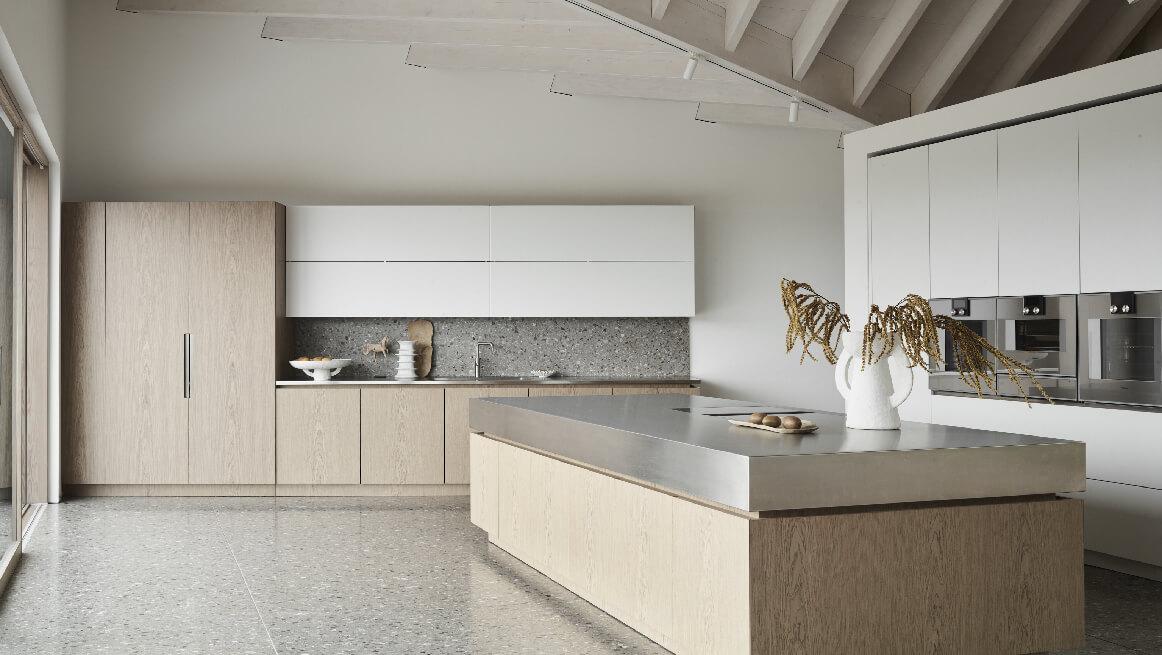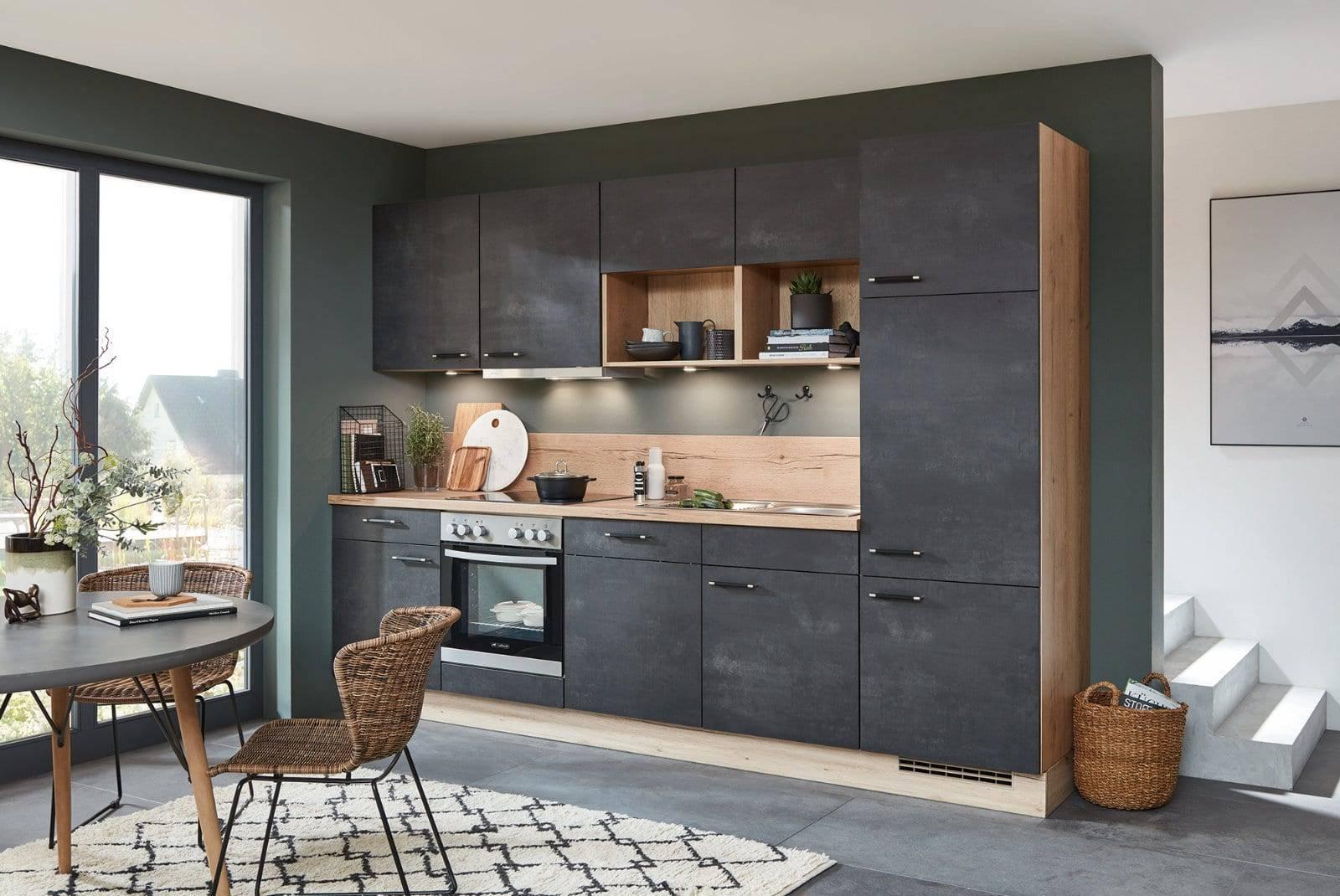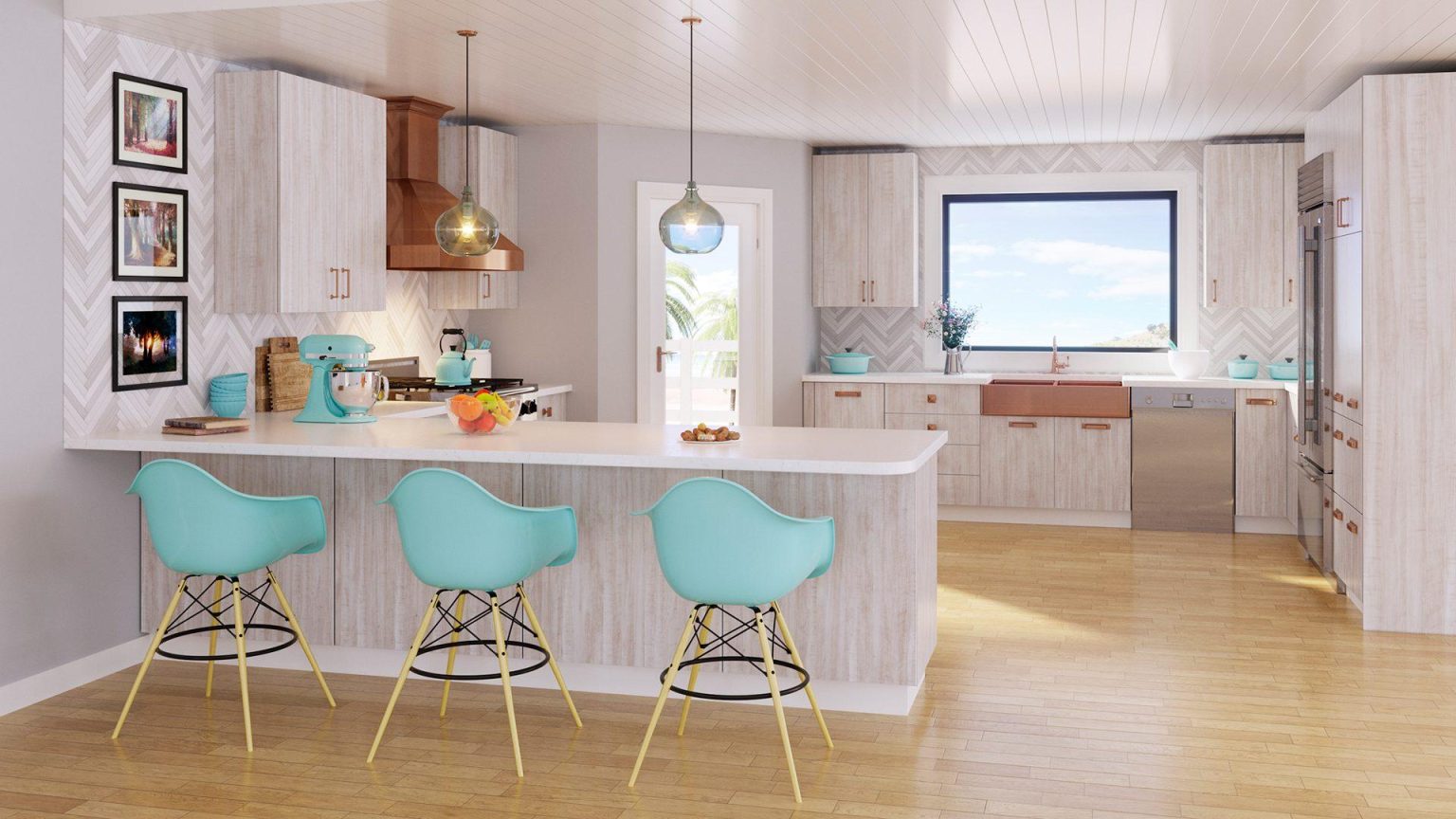In the ever-evolving landscape of interior design, kitchens have emerged as a focal point where style converges with practicality. The minimalist aesthetic, characterized by its clean lines, uncluttered spaces, and functional beauty, has gained popularity among homeowners seeking to create not just a visually appealing environment, but one that fosters efficiency and ease of use. A functional minimalist kitchen prioritizes thoughtful design, ensuring that every element serves a purpose while maintaining a serene ambiance. This article delves into the essential steps for designing a minimalist kitchen that harmonizes form and function. From selecting the right materials and color palettes to optimizing layout and storage options, we will guide you through the intricacies of crafting a space that is both aesthetically pleasing and profoundly practical. Whether you are embarking on a complete renovation or seeking to simplify your existing kitchen, these foundational principles will inspire you to reimagine your culinary space with clarity and intention.
Table of Contents
- Understanding the Principles of Minimalist Kitchen Design
- Maximizing Space and Functionality in a Compact Layout
- Selecting Essential Kitchenware for a Streamlined Experience
- Incorporating Sustainable Materials and Finishes in Kitchen Design
- In Summary
Understanding the Principles of Minimalist Kitchen Design

Embracing minimalist kitchen design requires a focus on both functionality and aesthetics. The essence of this design philosophy lies in reducing clutter and emphasizing essential items that enhance your cooking experience. To achieve a streamlined look, consider the following principles:
- Functional Storage: Utilize built-in cabinets and drawers that maximize space while keeping kitchen tools out of sight.
- Quality over Quantity: Invest in high-quality cookware and utensils that offer durability and performance.
- Neutral Palette: Choose a calm, neutral color scheme to create a serene environment, allowing the eye to rest.
Incorporating open spaces and light sources is vital to achieving a minimalist kitchen. Maintaining an uncluttered countertop encourages efficient meal prep and creates an inviting atmosphere. Some effective techniques include:
- Streamlined Appliances: Select appliances with sleek designs that blend seamlessly with cabinets.
- Smart Lighting: Use pendant lights and under-cabinet lighting to brighten the area while maintaining minimalistic aesthetics.
- Open Shelving: Display selected dishware or ingredients that complement your kitchen’s design, striking a balance between decor and practicality.
| Element | Benefit |
|---|---|
| Open Shelving | Encourages accessibility and visual harmony. |
| Neutral Colors | Promotes a tranquil and spacious feel. |
| Multi-functional Furniture | Maximizes efficiency by serving multiple purposes. |
Maximizing Space and Functionality in a Compact Layout

In a compact kitchen layout, every inch counts, making it vital to adopt a strategic approach to maximize both space and functionality. Start by selecting multi-functional furniture that can adapt to various uses. A kitchen island, for example, can serve as a cooking station, dining area, and additional storage. Incorporate wall-mounted solutions, such as shelves and hooks, to keep countertops clear while also adding decorative elements. This not only provides necessary storage but also enhances the kitchen’s aesthetic appeal.
When it comes to organization, consider utilizing drawer dividers and stackable containers to keep utensils and ingredients easily accessible yet neatly stored. Additionally, think vertically—opt for tall cabinets that reach the ceiling to maximize storage without encroaching on floor space. A well-designed layout can include a simple, intuitive workflow, enhancing efficiency. Below is a simple table outlining practical elements for creating effective space-saving solutions:
| Feature | Description |
|---|---|
| Pull-out Pantry | Cleverly hides ingredients while providing easy access. |
| Magnetic Knife Strip | Frees up drawer space and keeps knives accessible. |
| Foldable Tables | Can be expanded for dining and minimized when not in use. |
Selecting Essential Kitchenware for a Streamlined Experience
When aiming for a streamlined culinary experience, the choice of kitchenware plays a pivotal role. Start by focusing on multi-functional tools that can tackle several tasks, such as a chef’s knife that can slice, dice, and chop various ingredients. Consider the value of quality over quantity, as investing in durable items will reduce clutter and enhance efficiency. Essential items to include are:
- Cutting boards—opt for bamboo or plastic for easy cleaning
- Measuring cups and spoons—ideal for consistent recipe results
- Non-stick skillet—great for easy cooking and cleaning
- Mixing bowls—a set that nests can save space
Additionally, it’s beneficial to consolidate your cookware by choosing pieces that can serve multiple purposes. For instance, a Dutch oven can function as both a pot for soups and a casserole dish for baking. Embrace space-saving designs, such as stackable pots and pans. Below is a simple table that highlights some key kitchenware items along with their primary functions:
| Item | Function |
|---|---|
| Chef’s Knife | Slicing, dicing, chopping |
| Cast Iron Skillet | Searing, baking, sautéing |
| Food Processor | Chopping, blending, pureeing |
| Colander | Draining liquids, rinsing ingredients |
Incorporating Sustainable Materials and Finishes in Kitchen Design
To create a kitchen that is not only aesthetically pleasing but also environmentally responsible, consider using materials that boast sustainability credentials. Opting for reclaimed wood for cabinetry and shelving infuses character while minimizing demand for new lumber. Incorporate bamboo, a rapidly renewable resource, for flooring and countertops; its durability and low maintenance make it an ideal choice for busy kitchens. By selecting eco-friendly finishes, such as low-VOC paints and natural oils, you ensure that the air quality in your kitchen remains healthy and safe for your family. Furthermore, look for certified sustainable materials, such as those marked with the Forest Stewardship Council (FSC) seal, to reinforce your commitment to sustainable design.
In addition to choosing sustainable materials, it’s essential to consider the lifecycle impact of your selections and how they contribute to overall kitchen functionality. Here’s a simple overview of some options:
| Material/Finish | Benefits | Considerations |
|---|---|---|
| Reclaimed Wood | Unique aesthetics, reduces deforestation | May require additional treatment for longevity |
| Bamboo | Durable, moisture-resistant, renewable | Quality varies; ensure sourcing from reputable suppliers |
| Low-VOC Paints | Better indoor air quality, eco-friendly | Cost can be higher than traditional options |
| Quartz countertops | Non-porous, durable, modern look | Check for sustainability certifications |
Choosing the right combination of these sustainable materials not only enhances the functionality and beauty of your minimalist kitchen but also aligns your daily living with eco-friendly practices. Creating a harmonious space to prepare meals while caring for the planet is achievable through thoughtful design choices, making your kitchen a true reflection of your values.
In Summary
designing a functional minimalist kitchen is not merely an aesthetic endeavor; it is a deliberate process that prioritizes efficiency, simplicity, and usability. By following the essential steps outlined in this article—from assessing your space and identifying your needs to selecting the right materials and implementing smart storage solutions—you can create a kitchen that reflects both your personal style and your culinary lifestyle. A minimalist kitchen encourages a clear, organized environment that fosters creativity and productivity, allowing you to enjoy cooking and entertaining without the clutter that often stifles inspiration. Embrace these principles, and you will not only enhance the functionality of your kitchen but also cultivate a tranquil space where leisure and culinary exploration coexist harmoniously. As you embark on this transformative journey, remember that the essence of minimalist design lies in making thoughtful choices that elevate your everyday experience.



